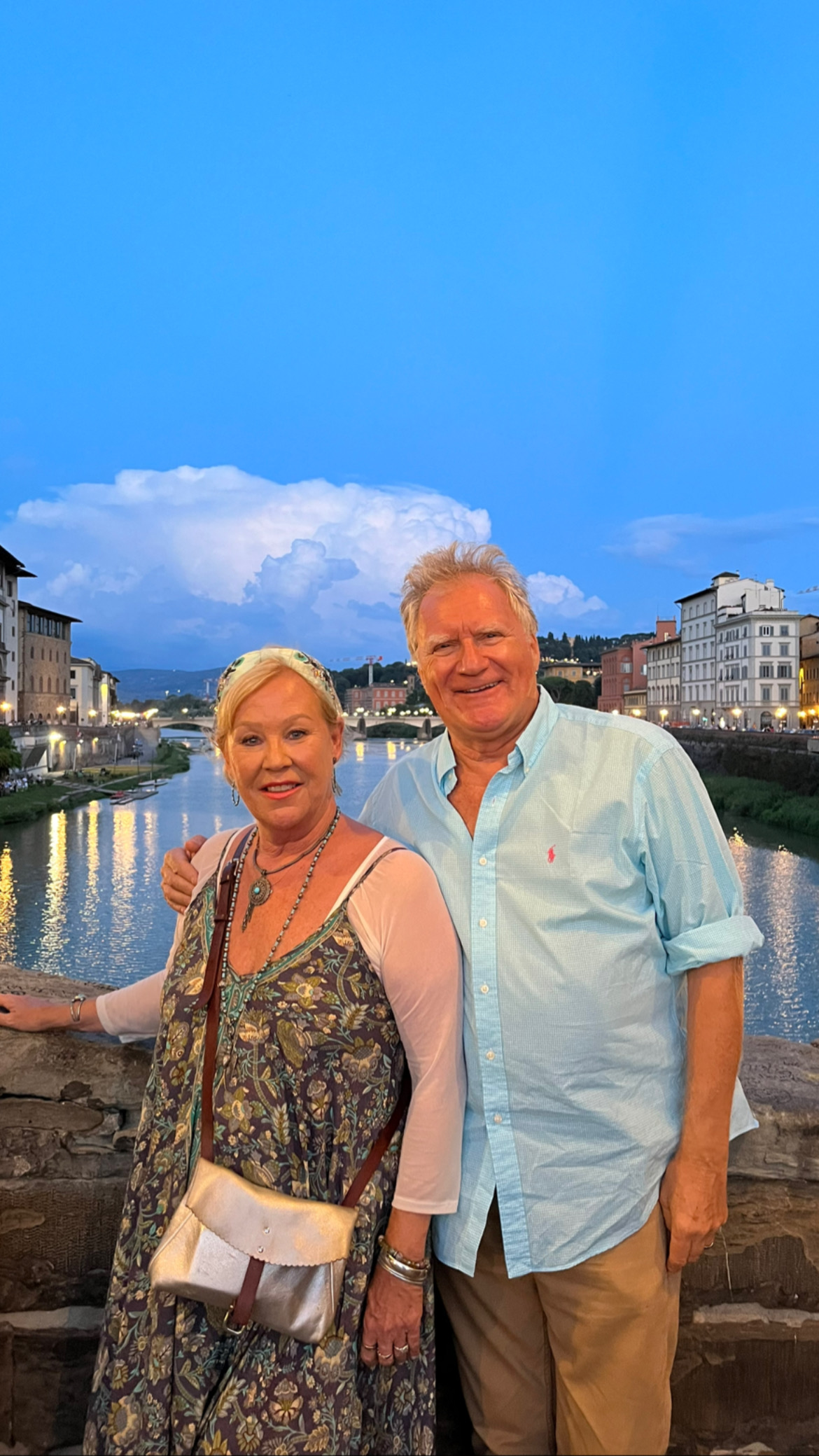37. BANDERA & CASTROVILLE, TEXAS
- Des & Sandie Nichols
- Sep 18, 2022
- 3 min read
Updated: Jun 24, 2024
We left San Antonio feeling we had done all that there was to be done and headed west. But this was to be our shortest relocation yet, just 30 miles down the road to a small town called Castroville. We knew little or nothing about it other than it was a community established by immigrant settlers from Alsace. But that was enticing enough.
Arriving at the RV park reception, we instantly realized we had moved significantly deeper into west Texas, even in just 30 miles. A sign said 'Beware of Scorpions and Snakes'. "Are the snakes poisonous?" we asked. "Naw" said the lady with her Texas drawl "only the rattlesnakes". We were not entirely reassured. "What is there to do around here?” was our next enquiry. She paused, thought for a while and then said "Has y’all been to San Antonio? It's just 30 mile down the road".
So we settled in, warned the cats to keep their paws away from anything that slithers or goes round with its tail in the air and searched the internet. We looked up "10 best things to do in Castroville". Number 1 on the list? The Visitors Centre. As our son Ben commented later, that was like saying the best bit of the book was the Introduction.
In fact, the town turned out to be quite interesting. Indeed, the first settlers had come from Alsace in the middle of the 19th century, persuaded over by a French Jew of Portuguese extraction named Henri Castro. He had come over to America in 1827. He later popped back to France and recruited several hundred émigrés from the Rhine region who brought with them to Texas their unique customs and architecture. They also brought their Alsatian language, which they diligently preserved as it became eradicated in Europe by the political actions of both the Germans and the French, who tussled over this region for years. But here, in splendid isolation, they preserved their own dialect and, until not that long ago, you would have heard it spoken in the local shops, stores and taverns. A few old folk, we are told, still today converse to one another in this patois.
The town soon became a bustling stagecoach stop, as it conveniently sat on the edge of the Medina River, but it has now sunk back into early retirement. The remarkable thing about our visit on a Thursday afternoon was that we saw absolutely no-one. It was eerily deserted as if everyone knew something we did not. Many of the 150 year old houses are quaint and pretty and as we wandered around, walking down the middle of the empty streets, we came across the town square which was imperiously looked down upon by its magnificent Church of St Louis. On entering, we were taken aback by this incredibly lit vision.

The Church of St Louis, Castroville, Texas

The town square

The deserted streets

The Alsace-style Visitors Center
Our next port-of-call was Bandera, self titled 'Cowboy Capital of the World’. Hyperbole indeed as anything of the world it is not. It does have an interesting main street though with stores selling cowboy boots and stuff, restaurants serving cowboys steaks and stuff and antique shops selling, well, just any old Texan cowboy stuff.

Her Ladyship trying to mount an old hitching post in Bandera's main street.
But all this gave us a very good sign. We were at last leaving the fertile farmlands of Texas and moving towards the desert landscapes, like the ones we saw in cowboy films on our black & white televisions in our youth. We are starting to get excited. Just one more stop before we take the bus toward New Mexico.




Comments